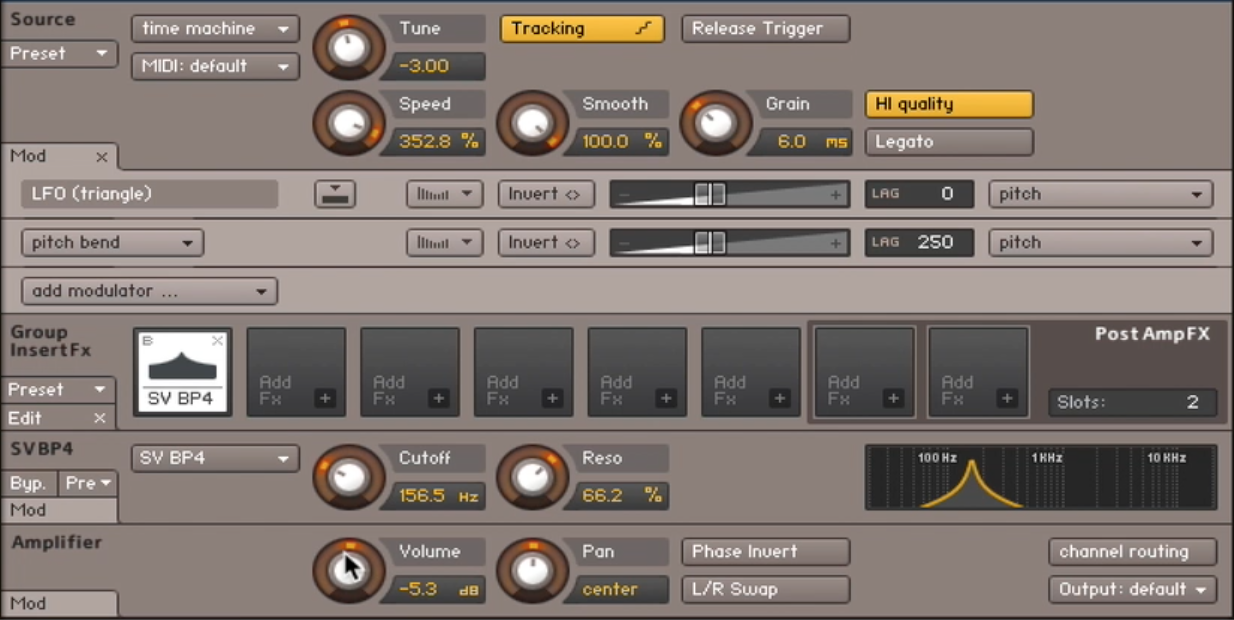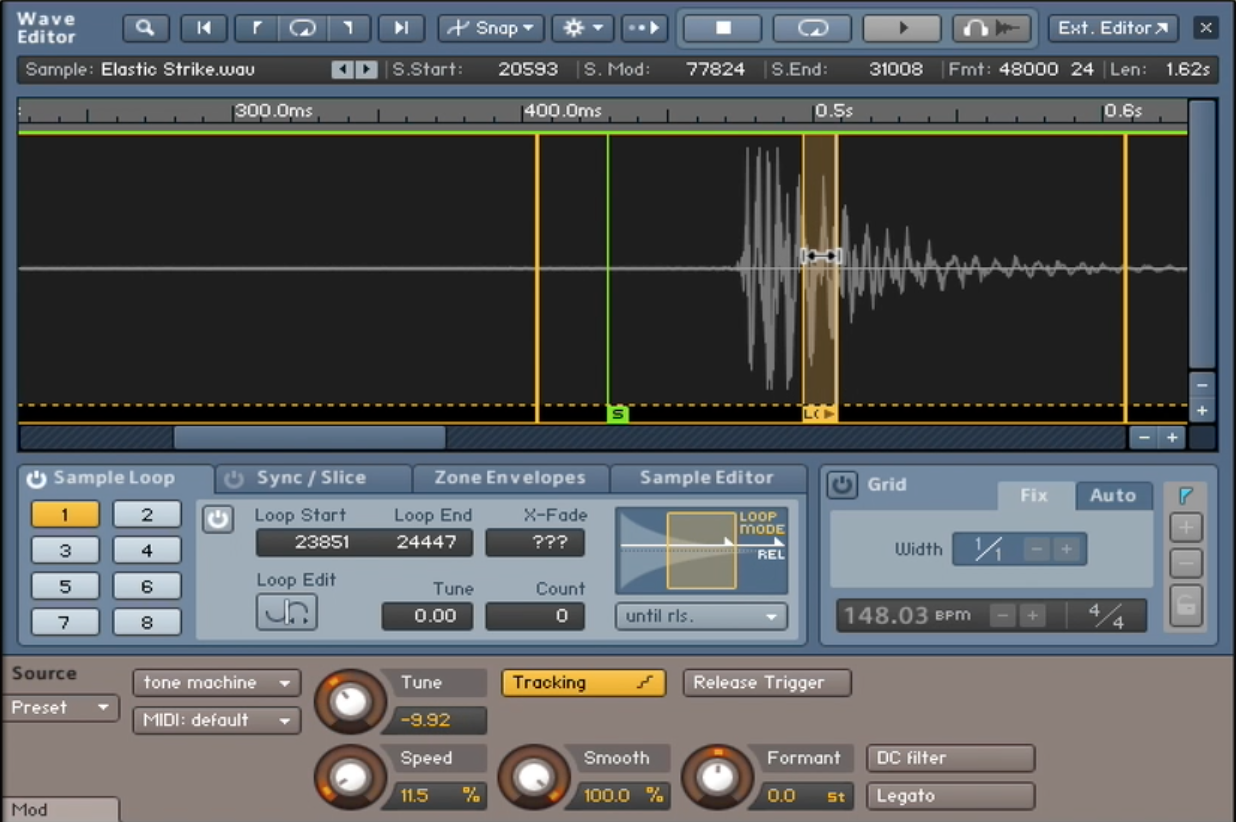
Sound effects libraries are the essential toolkit of every sound designer: they are convenient and practical. Furthermore, in a time where deadlines seem to get shorter and shorter, why would one bother to hike their way into field recording when we have all the tools we need within a click from our reach? As with every overindulgence, relying on sound effects libraries for too long can put you in a comfort zone and potentially stifle you from creating. That’s what happened to me and this article was born from the iniciative to rectify the problem.
On May 23 I let go of my ingredients and set the goal to start from scratch. In other words, the sound effects libraries were stored in backup drives so I could begin to build my own ones as if I had absolutely nothing at my disposal, as if a painter’s colours were a big mesh of transparency.
The objective was to record at least one sound effect every day, and there were just 3 rules:
- The same sound could not be recorded twice (different perspectives).
- It didn’t matter how I recorded the sound, just that I did.
- It didn’t matter how simple a sound was, just that it allowed me to be proactive.
The video below demonstrates the journey among the 30 days of recording followed by a sound designed example using two of the sources. Closed captions and Brazilian Portuguese subtitles are available for accessibility purposes.
As fun as searching for a rectification for my creative blockage was, it must be recognised that what works for me may not work for you. This article does not intend to portray a unique way of solving problems, but to help you critically reflect upon what might be preventing you from creating. That said, this challenge played host to three pillars: Time, Equipment and Creativity.
Needless to say, time was the topmost excuse I’d give myself whenever I was too lazy to find the sound of the day. Similarly, the same excuse is commonplace when it comes to exercising: I have no time to do it today, therefore I won’t… maybe tomorrow. The problem with doing it tomorrow is that, as you know, tomorrow almost always never comes.
When it comes to equipment, I must confess that I idolise portable gear, and by portable I mean handheld recorders. For someone that walks everywhere with a computer on the back, weight is a big deal. These days portable equipment should not be a burden to carry around all the time since were always on the alert for new sounds. Nevertheless, due to the dependance on SFX libraries I began not to bother with it that often. There was always a day in which I’d hear a great sound but only consider recording it another day because I had no time, nor the right equipment for the task at hand, even though I’d have a portable recorder right next to me. Lazy excuses such as the environment being too noisy would constantly pop up, thus preventing creativity from taking action.
Creativity, or the lack thereof, is often portrayed as an attribute we have when we are inspired; as being a slave to an occasional circumstance. By critically reflecting on such definition, we can perceive it as a negative mindset about ourselves. Creativity is a consequence of hard work and persistence, and the more you exercise it, the better you’ll become in the long run. In the case of this experiment, deconstructing the elements I needed to achieve a desired result was the best solution I found to help me rediscover skills I already had, but were eclipsed by my excessive reliability on third-party SFX libraries.
Further detail on the sound design process
In deconstructing my design approaches, I decided to limit the processing to basic effects such as pitch shift, reverb, delay and modulation. Instead of gathering all of the sounds and layering them up, I began experimenting with each one at a time within a sampler. However, for the brief explosion scene demonstrated in the video above, only two sounds were used: number 29 (cereal being crushed) and number 8 (elastic being plucked).
Summarising a 2-hour experimentation, this is how it went:
#1 – Cereal Crush
The sample was loaded into Kontakt and the Source was set to Sampler and the Tune to -13. Under Group InsertFX I inserted the SV BP4 bandpass filter and boosted the resonance to play around with the Cutoff.

On the FX track I put GRM Reson followed by the Eventide Blackhole reverb to make it somewhat metallic and dreamy, respectively, followed by Waves L1 just to limit the transients to -1.0. Once the settings were in a good spot, I recorded the output as I mangled with GRM Reson’s settings to create movement. These were the settings that would then create the first layer of the build up sound, as the princess prepares to attack the creatures.

Next, I moved on to creating the brief spark after the princess finishes charging her power. It’s very easy to get hooked up on impacts as explosions and therefore search for explosion sounds. But that would be the easy way of approaching this. The idea behind this experiment was to think outside the box with the most unconventional sounds. Instead of bangs and booms, all I was looking for was a sound with a fast attack, decay, sustain and release. I also needed a different texture, so I removed GRM Reson, bypassed the reverb and inserted the CLA-76 compressor simply because I like how it sounds.
After the compressor I placed Waves H-Delay and, in Kontakt, I applied an LFO modulation to the tune, as well as other effects such as Chorus and Flanger. Once I finally got to a good result in the higher end, I lowered the cutoff of the bandpass to around 160 Hz in order to create the bottom end of the same effect.
By this stage I already had the basic layer for the attack charge, the brief sparkle and the impact at the creatures.
#2 – Elastic Pluck
Once the sample was loaded, I’ve inserted an EQ before the CLA-76 in the FX track and instantiated GRM Reson again after the compressor, followed by a limiter. The effects I was looking for this time were to improve the character of the build up, as well as to spice the impact at the creatures. The elastic pluck was a good choice for both effects as its envelope corresponds to a fast attack and a mild decay and release. However, in order to achieve a longer duration of the sound, the speed was drastically decreased. In addition, the tune variation would provide me with a Sci-Fi tonality, which suited what I was looking for.
When thinking of the build up, I needed the sound to start sharply and then loop somewhere in the middle and sustain it for as long as I kept the keys down. To do that, I turned on the Sample Loop tool and set the mode to Until Release. The loop was selected in the decay section of the sound. I wanted it to be quite obvious in order to give the impression that the same sound was indeed looping as it’d build up. Finally, by keeping the Tune knob assigned to my MIDI keyboard, I was able to control the build up as it progressed over time.

To create the steady energy layer, I just modified the tune LFO modulation from Sine to Multi. What followed next was the layering of some of the sounds I recorded from Kontakt with the attempt of creating something cohesive out of them.

Failures
In regards to the first two pillars, time and equipment, the back-to-basics approach was also taken into account. All of the sounds were recorded using a portable recorder as I didn’t want to stress about what gear to use for specific circumstances, since setting up both the camera and the recording kit would demand more time. That said, more time was demanded due to the lack of proper management in the first week — after all, this was an extra-curricular activity, so to speak. Since the plan was to create both a video and an article about it, I started the challenge with plenty of enthusiasm, although I failed to maintain it steady, that is, whenever I’d get free time to relax, I’d spent most of it on social media instead of taking that time to find the sound of the day. Consequently, I’d struggle to find the flexibility needed for a particular day. This was something I managed to rectify as I progressed, as recording a sound each day eventually became a habit. When there was time, however, and I did find a great sound, I’d realise that I left my recorder at home. The thought of recording it with my phone did come to mind, although, ironically, I’d consider using the proper equipment and leave for later.
Benefits
Prior to starting this challenge, I’d anticipate that I’d run out of potential sources and that the whole experiment would be a failure. Indeed, there are some boundaries: I don’t have the permits to record wild animals, weapons and aircrafts. However, such limitations shouldn’t stop me from creating. Going back to the comparison with exercise, despite not having time to go to the gym, there are many alternative solutions to do at home, for example . With sound design and recording, as I’ve come to realise, is exactly the same: if there isn’t a sound you can go record, think outside the box and look for metaphors for that sound. You never know what you may find in your kitchen. A key benefit of filming and recording the sound is the fact that I can retrace the exact steps I took to capture that sound, as well as being aware of pitfalls not to make the second time.
Conclusion
All in all, when critically reflecting upon what I’ve learned this last month, I need to emphasise that there’s absolutely nothing wrong with turning to sound effects libraries to get work done, especially with deadlines knocking on the door. Nevertheless, the most valuable outcome I took from the challenge was that by creating a little bit every day and being persistent about it, not only confidence, but also a broader mindset, energy, positivity and an overall mental well-being will come a long as a consequence.
This is exactly the thing I needed to read today. Good insight and information. It’s sometimes hard to be motivated, but the bit at the end about bringing about confidence and positivity when creating hit home. Awesome tips on explosions with cereal as well! Made my day.
Hi Victor,
This was a very inspiring read. Thank you so much for sharing! Out of interest, what portable recorder did you use to record the sounds for this challenge?
Thanks!
Hi Jamie,
I used the Sony PCM D100. It’s a superb recorder for its size!
I’m glad you liked it and thank you for the kind words!